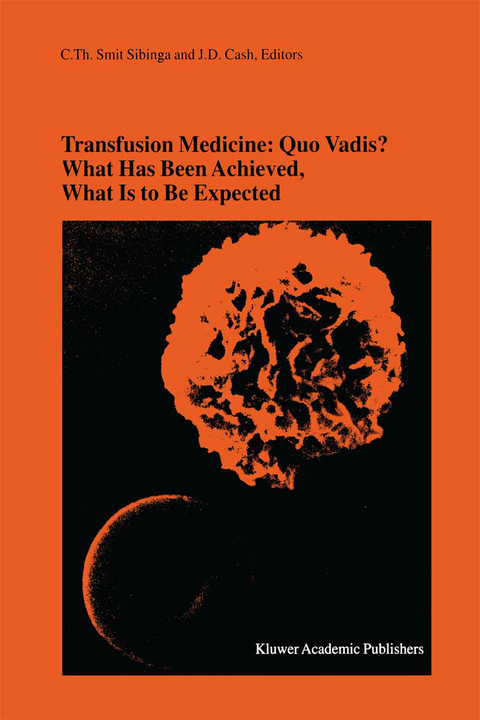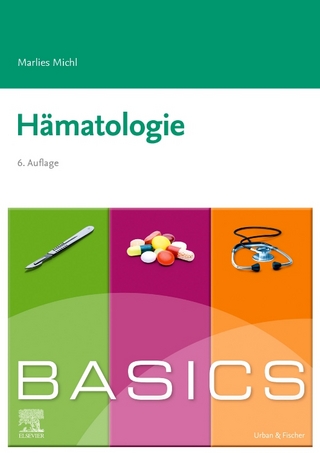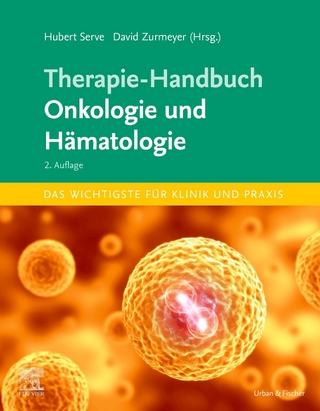
Transfusion Medicine: Quo Vadis? What Has Been Achieved, What Is to Be Expected
Springer-Verlag New York Inc.
978-1-4020-0079-9 (ISBN)
I. Blood Supply Systems and Organisation.- Blood Transfusion: Quo Vadis? Customer Orientation as the Leading Principal for Blood Banks in the Future.- Community Involvement: The Development, the Past – the Present and the Future of Blood Donations as a Form of Community Involvement.- Structure and Commitments – Blood Supply Systems and Organization.- Applying Decision Analysis to Transfusion Medicine in the Real World to Improve Transfusion Safety.- Cost-Effectiveness of HIV NAT Screening for Dutch Donors.- Legal and Regulatory Aspects of Blood Transfusion.- Discussion.- II. Technical and Pharmaceutical Developments.- Freezing and Vitrification of Red Cells, Recollections and Predictions.- Plasma Fractionation.- Inactivation of Viruses, Bacteria, Protozoa, and Leukocytes in Labile Blood Components by Using Nucleic Acid Targeted Methods.- Alternatives to Human Blood Resources.- Discussion.- III. Quality Principles and Risk Management.- Quality Systems and Management: 2000 Where Have We Been and Where Are We Going?.- Traceability and Coding Principles.- Quality Principles and Risk Management: Automation and Documentation.- Haemovigilance.- Human Resources: Teaching and Training in Transfusion Medicine.- Discussion.- IV. Transfusion Medicine at the Bedside.- The Epidemiology of Blood Component Transfusion in South Eastern Scotland, 1990 to 1997.- Contributions of Meta-Analysis to Transfusion Medicine.- Immunomodulation: Facts and Interpretations.- Development and Implementation of New Cellular Therapies.- Transfusion Medicine and the Development of Gene Therapy.- Making Policy in the 2000s.- Discussion.
| Erscheint lt. Verlag | 30.9.2001 |
|---|---|
| Reihe/Serie | Developments in Hematology and Immunology ; 36 |
| Zusatzinfo | 18 Illustrations, black and white; XIII, 304 p. 18 illus. |
| Verlagsort | New York, NY |
| Sprache | englisch |
| Maße | 155 x 235 mm |
| Themenwelt | Medizinische Fachgebiete ► Innere Medizin ► Hämatologie |
| Medizin / Pharmazie ► Medizinische Fachgebiete ► Intensivmedizin | |
| ISBN-10 | 1-4020-0079-0 / 1402000790 |
| ISBN-13 | 978-1-4020-0079-9 / 9781402000799 |
| Zustand | Neuware |
| Informationen gemäß Produktsicherheitsverordnung (GPSR) | |
| Haben Sie eine Frage zum Produkt? |
aus dem Bereich


